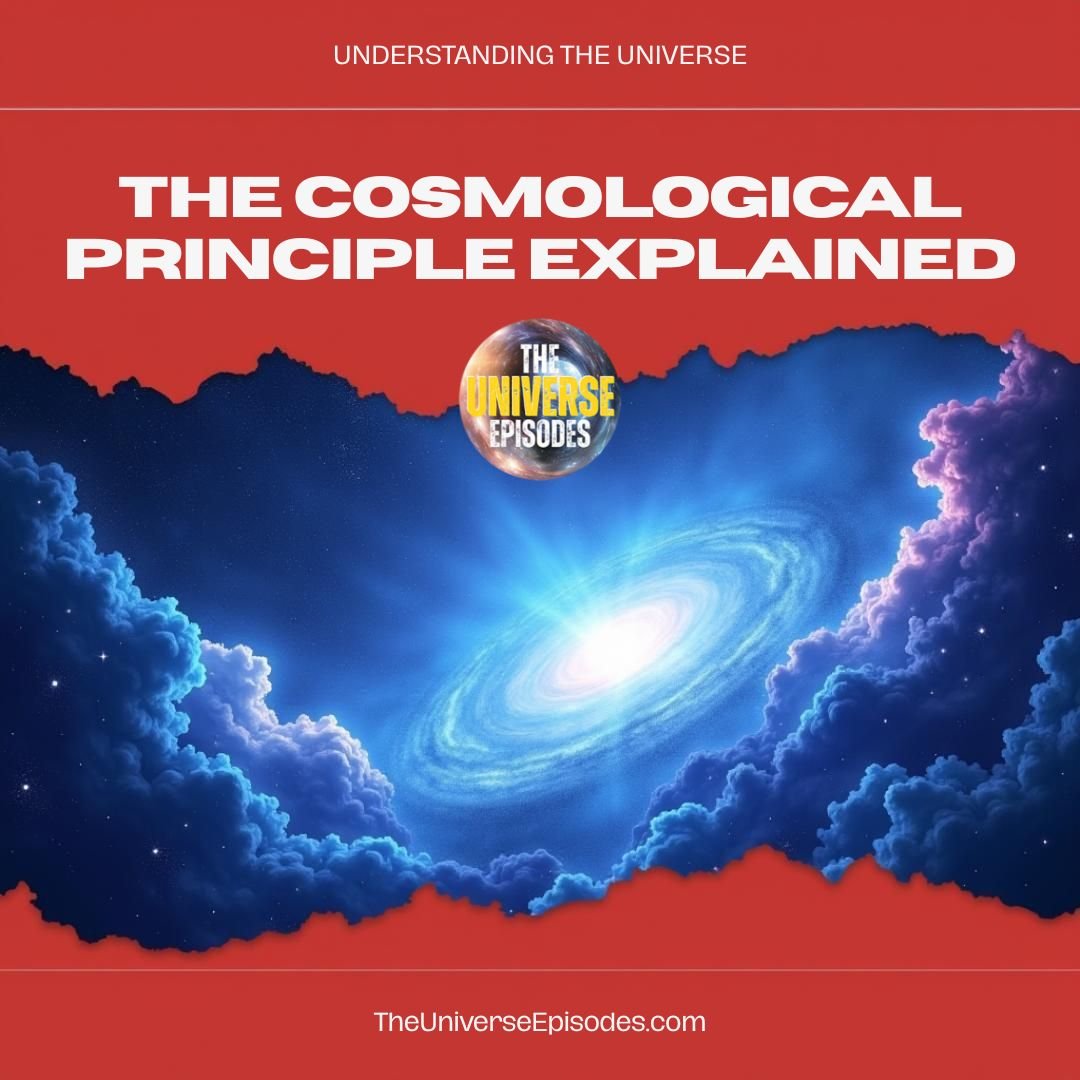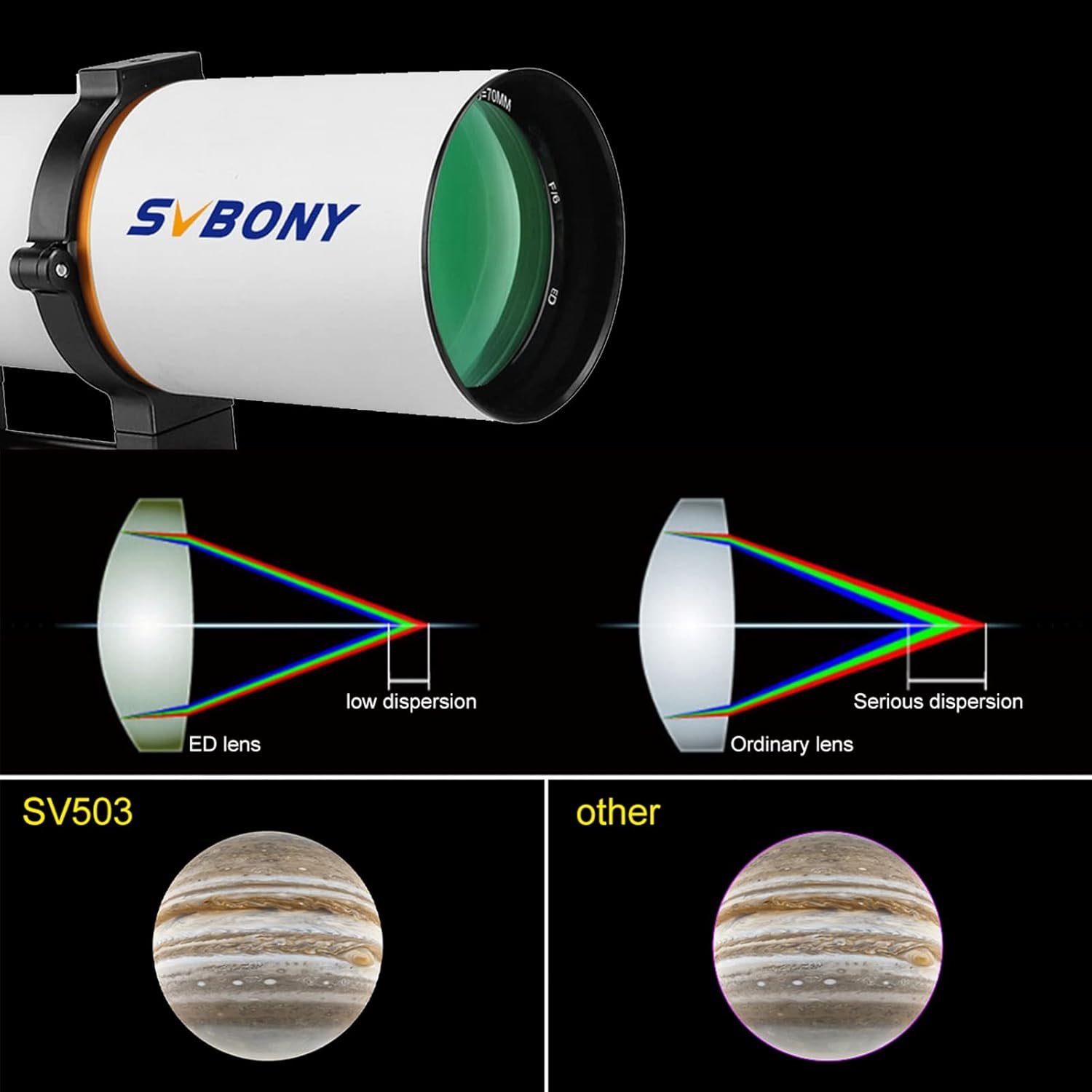🔑 Key Takeaways
- The cosmological principle posits that the universe is homogeneous and isotropic when observed at large scales.
- This assumption underpins modern cosmology, including the Big Bang theory and the Lambda Cold Dark Matter (\u039bCDM) model.
- Observational evidence—such as the Cosmic Microwave Background (CMB) and large-scale galaxy surveys—strongly supports this principle.
- It simplifies Einstein’s field equations, enabling effective models of cosmic expansion.
- While some anomalies and enormous cosmic structures pose challenges, they do not definitively contradict the principle.
- This principle shapes our understanding of the structure, origin, and evolution of the universe.
🌌 Defining the Cosmological Principle
The cosmological principle is the foundational assumption that the universe, when viewed on a sufficiently large scale, appears the same regardless of location or direction.
Core Components
- Homogeneity: The matter and energy in the universe are distributed uniformly across space.
- Isotropy: The universe looks the same in every direction.
Imagine looking at a glass of milk: up close, you might see bubbles, but zooming out, it’s uniformly white. That analogy reflects how cosmologists understand the universe.
This principle isn’t a proven law but a starting framework that allows scientists to build predictive models. It builds upon the Copernican principle, which asserts that Earth holds no special place in the universe.
🧠 Why the Cosmological Principle Is So Important
1. It Enables Predictive Cosmology
By assuming large-scale uniformity, cosmologists can apply universal laws of physics across vast cosmic distances, allowing consistent, scalable models.
2. It Simplifies General Relativity
Einstein’s field equations are notoriously complex. With homogeneity and isotropy, they simplify to the Friedmann equations, which describe the universe’s expansion over time.
3. It’s the Foundation of the Standard Cosmological Model
The widely accepted \u039bCDM model depends entirely on the cosmological principle. It successfully explains:
- The Big Bang
- The uniformity and structure of the CMB
- Cosmic inflation
- The development of large-scale cosmic structures
🔭 Observational Evidence Supporting the Cosmological Principle
 galaxies with colored overlays highlighting various structures, star clusters, and galactic features.” class=”wp-image-20890″/>
galaxies with colored overlays highlighting various structures, star clusters, and galactic features.” class=”wp-image-20890″/>1. Cosmic Microwave Background (CMB)
- Observed by Planck, WMAP, and COBE missions
- Reveals temperature variations of just 1 part in 100,000
- Strongly supports an early universe that was remarkably uniform
2. Galaxy Distribution
- Explored through the Sloan Digital Sky Survey (SDSS) and 2dF Redshift Survey
- These surveys show that beyond ~250 million light-years, galaxies are distributed uniformly
3. Hubble’s Law
- Demonstrates galaxies receding at velocities proportional to their distance
- Supports a uniformly expanding universe
4. Pencil-Beam and Radio Surveys
- These directional surveys show no significant bias or anomalies in large-scale structures
- Further affirm the universe’s isotropy
🧩 How the Principle Supports the Big Bang Model
 galaxy seen from above, with red, green, and blue hues illustrating different intensities, set against a background of black space with stars.” class=”wp-image-20891″/>
galaxy seen from above, with red, green, and blue hues illustrating different intensities, set against a background of black space with stars.” class=”wp-image-20891″/>Assuming the universe is a smooth fluid, scientists apply the Friedmann-Lema\u00eetre-Robertson-Walker (FLRW) metric to describe space-time geometry. This model predicts:
- A universe that expands over time
- The emergence of the CMB
- Specific ratios of light elements like hydrogen and helium
Without the cosmological principle, these predictions wouldn’t align with observational data.
⚠️ Challenges and Anomalies to Consider
1. Extremely Large Structures
Some cosmic formations are enormous and raise questions about the limits of homogeneity:
- Sloan Great Wall (~423 Mpc)
- Huge-LQG (~1200 Mpc)
- Hercules-Corona Borealis Great Wall (~10 billion light-years)
These structures may push the boundaries of what counts as “large enough” for statistical uniformity.
2. CMB Irregularities
- Dipole Anomaly: Observed dipole doesn’t fully align with predictions
- Axis of Evil: Unexpected alignment of large-scale temperature fluctuations with the plane of the solar system
- Cold Spot: A large, unusually cool region in the CMB
3. Possible Isotropy Violations
Some studies suggest a slight hemispheric asymmetry or directional differences in the universe’s expansion, though evidence remains inconclusive.
🔄 Alternative Theories and Models
Several theories challenge or expand upon the cosmological principle:
- Perfect Cosmological Principle: Claims uniformity in both space and time (Steady State theory)
- Inhomogeneous Cosmologies: Propose variations in density on the largest scales
- Anisotropic Universes: Suggest a universal direction or axis
- Fractal Models: Argue for self-similar patterns at all scales
- Modified Gravity: Alters Einstein’s laws to account for potential large-scale irregularities
🚀 The Role of Cosmic Inflation
Cosmic inflation addresses several puzzles:
- It explains why the universe appears so flat and homogeneous
- Suggests that initial quantum fluctuations were stretched across vast cosmic distances
- Predicts the small-scale irregularities seen in the CMB
In essence, inflation provides a mechanism for establishing the large-scale uniformity observed today.
✅ Current Confidence and Ongoing Research
Despite anomalies, the overwhelming body of evidence supports the cosmological principle. Beyond ~300 million light-years:
- The universe appears statistically uniform
- Expansion is isotropic
- Physical laws behave consistently
Upcoming missions such as Euclid, JWST, and SKA are set to further test the limits of this principle with even greater precision.
🌠 Conclusion: A Framework That Defines Cosmology

The cosmological principle isn’t merely a convenient assumption—it’s the foundation of modern cosmology. It enables us to:
- Develop predictive, scalable models
- Interpret observations across billions of light-years
- Understand cosmic origins, evolution, and structure
While some challenges remain, the principle continues to hold up against rigorous scrutiny. As technology advances, our understanding of the universe may evolve—but the cosmological principle remains one of our most powerful tools for unlocking cosmic truths.
























